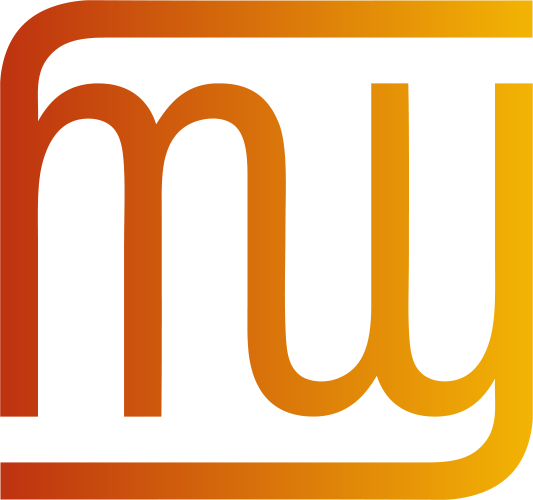
The W3C Internationalization (I18n) Activity works with W3C working groups and liaises with other organizations to make it possible to use Web technologies with different languages, scripts, and cultures. From this page you can find articles and other resources about Web internationalization, and information about the groups that make up the Activity. Read also about opportunities to participate and fund work via the new Sponsorship Program.
What the W3C Internationalization Activity does
Selected quick links
Selected quick links
Selected quick links
For review: RTL rendering of LTR scripts
The article RTL rendering of LTR scripts is out for wide review. We are looking for comments by Thursday 7 July.
The article suggests ways to produce runs of right-to-left text using HTML & CSS for languages that are nowadays normally written left-to-right. The use cases for this are rare, and mostly relate to academic descriptions of text in orthographies such as Chinese, Japanese, Egyptian hieroglyphs, Tifinagh, Old Norse runes, and a good number of other now-archaic scripts.
Please send any comments as github issues by clicking on this link, or on “Leave a comment” at the bottom of the article. (This will add some useful information to your comment.)
Updated article: Languages using right-to-left scripts
The article “Script direction and languages” now has the title “What languages are written with right-to-left scripts?“, and provides insights into right-to-left (RTL) script usage around the world.
In a substantial revision, previous tables have been replaced with a completely new table which lists 12 scripts and over 200 languages using RTL scripts in the modern day. While it is only possible to give a rough idea of usage, the table includes information about which countries use those languages and figures for speakers of those languages. The data is gathered from the SIL Ethnologue.
4 translations available for the Getting Started page
The page Getting Started with Internationalization was recently rewritten. The new version is now available in the following translations.
Arabic: الخطوات الأولى مع التدويل
Spanish: Iniciándose en la Internacionalización
French: Une introduction à l’internationalisation
Simplified Chinese: 国际化入门资源
Thanks to the translators: Najib Tounsi, Emmanuelle Gutiérrez y Restrepo, Jean-Christophe Helary, 薛富侨
2 new translations into Chinese
时间和日期:基本概念 (Time & date: Essential concepts)
何时使用语言协商 (When to use language negotiation)
Thanks to Fuqiao Xue and Huan Cui for providing these translations.
3 new translations into Chinese
Web上的双向文本和语言元数据用例 (Use cases for bidi and language metadata on the Web)
国际化和多语言网站 (International & multilingual web sites)
单语言和多语言网站 (Monolingual vs. multilingual Web sites)
Thanks to Fuqiao Xue and Huan Cui for providing these translations.
New translations into Galician
Consellos rápidos sobre a internacionalización para a Web (Internationalization Quick Tips for the Web)
Introdución ás codificacións e ós conxuntos de caracteres (Character Sets and Encodings)
Idiomas na Web (Language on the Web)
These articles are part of the ‘Getting Started’ range.
The articles were translated thanks to Fátima Baña, Glocal Quality Solutions.
New additions to the “About Internationalization” page
New sections, “What is internationalization” and “What the W3C Internationalization Activity does” have been added to the W3C I18n Activity’s “About internationalization” page.
The page is now also available in Chinese.
New translation into Chinese
本地化与国际化有什么关系? (Localization vs. Internationalization)
This article was translated thanks to Huan Cui.
Kashmiri & Uighur Gap-analysis, First Public Working Drafts published
The W3C Internationalization Activity has just published First Public Working Drafts for 2 more documents that explore gaps in language support on the World Wide Web.
We are looking for expert contributors who can help us move this work forward by answering questions, documenting other gaps in support, and creating tests. For more information about the program, see this 15 minute overview (slides), and see the Language Enablement overview page.
First Public Working Draft published: Developing Localizable Manifests
A First Public Working Draft of Developing Localizable Manifests has been published.
This document provides definitions and best practices related to the specification of manifest files and similar document formats on the Web.
Some specifications on the Web deal with defining sets of files or resources to be consumed together. A common design pattern is to provide a manifest or configuration file that defines which resources are available and how various resources should be used or to provide various kinds of metadata about a collection of resources.
The document is still at a very early stage, and shows the intent, rather than reliable detail. Public comments are welcome, please raise them as github issues.
W3C® liability, trademark and permissive license rules apply.
Questions or comments? ishida@w3.org